Jul 14, 2025
Author:Sam Wonder
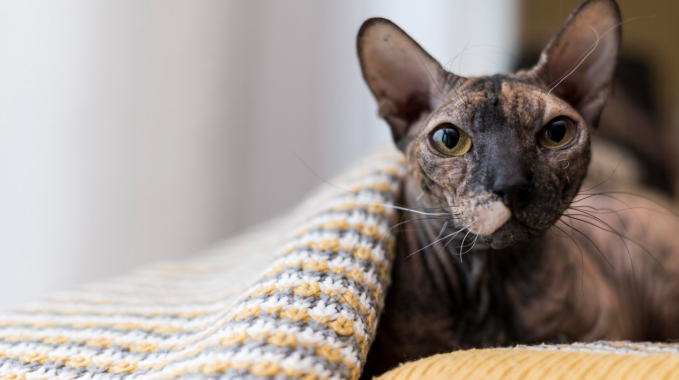
Have you ever seen a cat that looks half wolf, half house pet? If so, you likely found the Lykoi cat, a natural mutation that gives the breed its famous 'werewolf' face. In less than fifteen years, this odd little feline moved from a Tennessee barn to living rooms around the world. Cat lovers admire the breed’s partial coat, bright eyes, and lively nature. Scientists study it to learn how genes shape hair growth. Breeders watch it for ethical reasons because every new breed raises questions about health and welfare. Owners simply enjoy a bold companion that keeps life exciting.
This guide covers every major point—from origin stories to daily needs—so you can decide whether the Lykoi cat fits your home and your heart. The goal is clarity. Sentences stay short. Jargon stays out. The tone stays professional. By the end, you will know why the breed looks the way it does, how to care for that unusual coat, what health checks to schedule, and how to find a responsible breeder or rescue.
The first known Lykoi cat litter appeared in 2010 on a small farm in eastern Tennessee. Two domestic shorthairs carried a rare natural mutation that caused patchy coat growth. Local rescuers thought the kittens had mange because the fur looked thin around the eyes, muzzle, and ears. A veterinary exam ruled out disease. Geneticist Dr. Leslie Lyons later confirmed that the kittens carried a brand-new recessive gene. Breeder Patti Thomas named the cats 'Lykoi,' a Greek word for 'wolf.'
Within two years, breeders paired unrelated carriers to grow a stable gene pool while keeping domestic shorthair vigor. The International Cat Association (TICA) accepted the breed for registration in 2012 and granted Championship status in 2017. Despite fast progress, numbers stay low. Fewer than a hundred kittens enter the registry each year.
Distinctive Appearance
The first thing you notice about a Lykoi cat is its partial coat. Guard hairs cover the body in a salt-and-pepper mix known as roan. Undercoat is light or absent, so skin shows through in patches. The face, around the eyes, and the muzzle often stay bare, giving a mask-like effect. Many people compare the look to classic horror movie werewolves.
Color varieties include black roan (most common), blue roan, and red roan. Black roan lines often share traits with dark-coated cat varieties. Eye color runs gold to deep amber. The body is medium in size, muscular, and slim. Ears sit high, nose is straight, and legs are long for agile jumps.
Because each cat sheds and regrows fur in cycles, the pattern can shift during the year. Owners may see almost full coverage in winter and swimmer-style gaps in summer. That change is normal, but it calls for a grooming plan, discussed later.
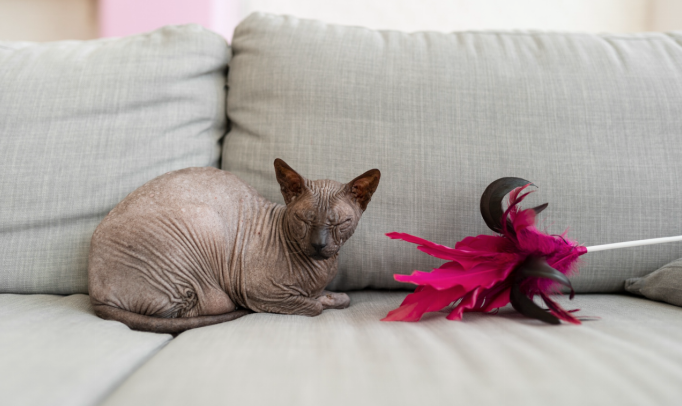
Researchers discovered that the gene responsible for the Lykoi cat coat is a separate recessive mutation on the HR (Hairless) pathway, not the same as Sphynx or Devon Rex. Both parents must carry one copy to produce a kitten with the full 'wolf' look. Carriers show no outward sign, so test breeding or DNA labs identify them.
Kittens are born with a soft, thin coat. Around two weeks, they molt, and the mask appears. Some regain more fur by four months; others keep sparse zones for life. The mutation affects only hair follicles, not other organs. Early health studies show no direct link to systemic illness. Still, outcrossing remains vital to keep genetic variety high and lower hidden risks.
Fans describe the Lykoi cat as a fun mix of dog-like devotion and classic feline independence. The breed greets trusted people at the door, follows them around, and fetches toys. Yet it also enjoys solo play and will spend hours stalking shadows. Most Lykoi bond closely with one or two family members and act reserved with strangers.
Training works well because the breed loves to solve problems. Clickers, short sessions, and food rewards build good habits fast. Lykoi enjoy puzzle feeders and hunting games that mimic wild instincts. Proper enrichment keeps them calm; boredom leads to door dashing, counter surfing, or loud night calls.
Socializing during kittenhood matters. Short drives, gentle handling by many people, and positive vet visits build confidence. Owners who plan road trips with felines report smoother rides when they expose kittens to carriers early.
Current data suggest the Lykoi cat lives 12–16 years, similar to other shorthairs. Vets still collect long-term numbers, so proactive care is wise. Key areas to watch include:
● Skin integrity. Sparse regions sunburn fast. Window films or pet-safe sunscreen protect exposed skin.
● Body temperature. Limited undercoat makes the cat seek warm spots. Sweaters help in winter but remove them if damp.
● Ear debris. Wide ear cups collect wax. Weekly checks prevent infections.
● Kidney care. Like all breeds, chronic kidney disease can appear in middle age. Regular labs and kidney protection advice extend healthy years.
● Digestive balance. Sudden diet shifts cause loose stool or rare litter habits problems. Introduce new foods slowly.
Routine shots, dental cleanings, and parasite control match other cats. Blood typing before surgery avoids mismatch reactions. Spay or neuter at six months unless you hold a breeder license and follow strict spay or neuter choices guidelines.
At first glance, you might think grooming a Lykoi cat is simple. Less hair means less work, right? In truth, the breed needs smart routines. Weekly baths remove oil that would cling to missing fur. Use mild, soap-free shampoo. Dry the skin gently with a towel; heat dryers may irritate.
Brush guard hairs once a week with a soft slicker to remove dander. Coat blowouts happen twice a year. During those weeks, daily brushing and lint rollers keep couches clean. If stray hairs cling to clothes, follow tips for managing loose fur.
Check claws every ten days because active hunters dull tips fast. Dental treats help but do not replace brushing. Use a small brush and chicken-flavored paste to clean teeth three times weekly.
High-quality protein fuels the Lykoi cat’s lean frame. Choose diets with real meat as the first ingredient. Wet food adds moisture and lowers urinary risk. Dry kibble works for slow feeders. Hydration remains vital because the breed loves active bursts. Offer fresh water in wide bowls or modern fountains. Compare water station options to see which your pet prefers.
Many owners use scheduled feeding tools to serve small meals throughout the day. This method mirrors natural hunting patterns and prevents scarf-and-barf episodes. Kittens need three meals; adults do well on two.
Monitor weight monthly. Ribs should be easy to feel but not sharp. Sudden gain hints at overeating or low activity. Sudden loss can signal dental pain or organ issues.
Though not big, a Lykoi cat can move like a little athlete. Short bursts of play (ten minutes) five times a day are better than one long session. Simple wand toys satisfy your cat's urge to prey. You can hide treats around your home to initiate treasure hunts. Rotate the toys you offer your cat so he does not tire of them. A climbing tree or window sills add vertical territory; adding scratching posts near doors can curtail carpet clawing. Interactive play equipment that releases kibble after a puzzle step involves extra mental work for your cat.
Outdoor walks may add adventure but depend on training. Start indoors; let your cat drag a leash and reward calm behavior. Progress to a fenced yard and then a more public area.
Positive reinforcement develops a courteous Lykoi cat. For example, use a marker word such as 'yes' then reward with a treat. Start with simple prompts, like sit, come, and stepping in a carrier. Use short five minute or less lessons to avoid boredom. Finishing with a success helps keep energy high.
Socializing a young animal there will likely be less fear early. Get friends to come over, introduce the kitten to regular noises it hears in your household, and schedule friendly vet check ups. Travel experiences help build courage for future trips or animal shows, while creating some distance from home.
For behavior issues always try to redirect the behavior first rather than punishing it. If the cat is jumping on counters in the kitchen, build a tall tree near the kitchen and reward her with treats on it. If you are interrupted by zoomies most nights, make sure you have some playtime later in the evening.
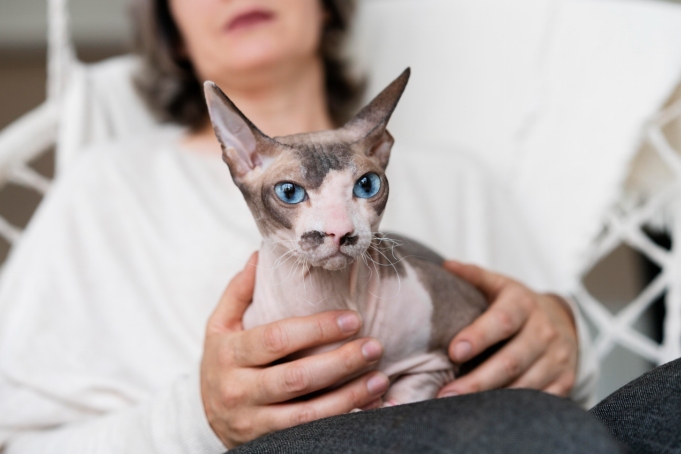
The Lykoi cat remains rare. Expect a waiting list of six to twelve months. Breeders should give DNA reports, health screens, and a written contract. Kittens leave at twelve weeks, fully vaccinated, microchipped, and fixed unless sold on a show or breed agreement. Remember, ethical programs outcross to domestic shorthairs often to keep fresh genes.
Adoption fees range from $1,500 to $2,500 in the USA. High demand tempts backyard breeders, so visit catteries in person or request live video tours. Check for clean spaces, active kittens, and adult cats that accept handling.
Rescue groups also place retired breeders. An older Lykoi cat can match calm homes. Check spay status and health records before finalizing.
Even if you never plan to breed, learn about genetics. Responsible owners support breeders who run transparent programs and follow strict code of ethics. They also endorse early spay or neuter choices to prevent accidental litters.
Social media loves striking faces, so the Lykoi cat appears in viral clips often. One famous example, 'Gracie the Werewolf,' gained millions of views stalking laser dots with intense eyes. Films and TV shows cast the breed in spooky roles, but fans know the real cat is playful, not sinister.
Art circles celebrate the mottled coat in comics, prints, and plush toys. Halloween costumes for pets now include faux-fur hoods that mimic the mask. While fun, owners should avoid dyes or adhesives that may harm skin.
The Lykoi cat proves that nature still has surprises. A single gene glitch turned an ordinary barn kitten into a global head-turner. Yet looks tell only half the story. Behind the werewolf mask lives a smart, lively companion that bonds deeply, plays hard, and asks for fair care. Owners must commit to sun safety, skin checks, balanced food, and regular vet visits. They must choose ethical breeders or rescues and stay to new research as the breed grows.
If you want a cat that sparks conversation, chases toy mice like real prey, and greets you with bright amber eyes, the Lykoi cat may be the right match. Provide structure, stimulation, and love, and this unique feline will reward you with years of loyal company.
Label:
Popular Post

What to Feed a Sick Dog With No Appetite? [2025 Guide]
May 16, 2023
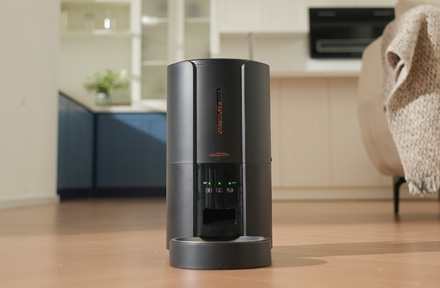
Troubleshooting Common Issues with Automatic Pet Feeders: Tips & Tricks for Pet Owners
Oct 26, 2023
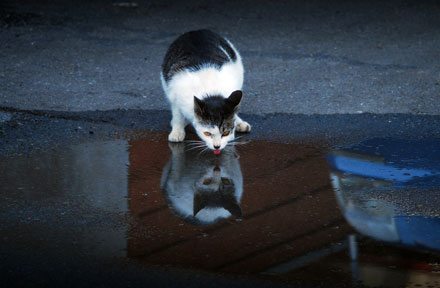
Why Does My Cat Cough After Drinking Water? 8 Potential Reasons
Mar 13, 2023
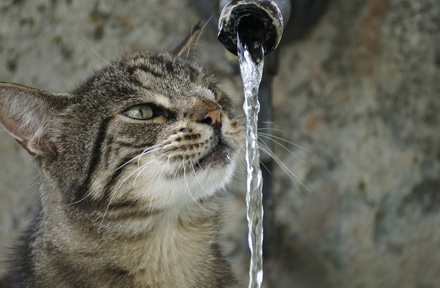
Why is My Cat Throwing up Water? Top 5 Causes Here
Feb 08, 2023
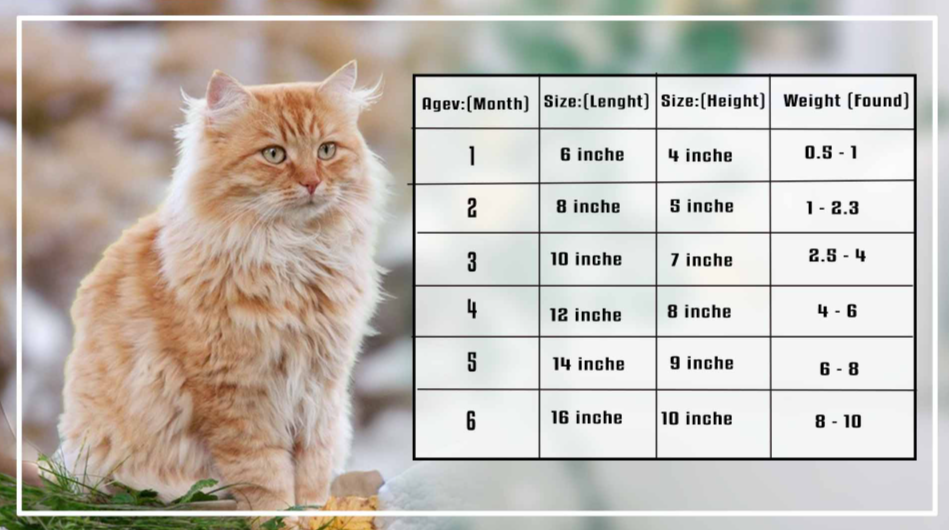
What is a standard Cat Weight chart by age Kg?
Mar 19, 2025
$99.99
$129.99
Copyright © 2025 WOPET. All Rights Reserved.